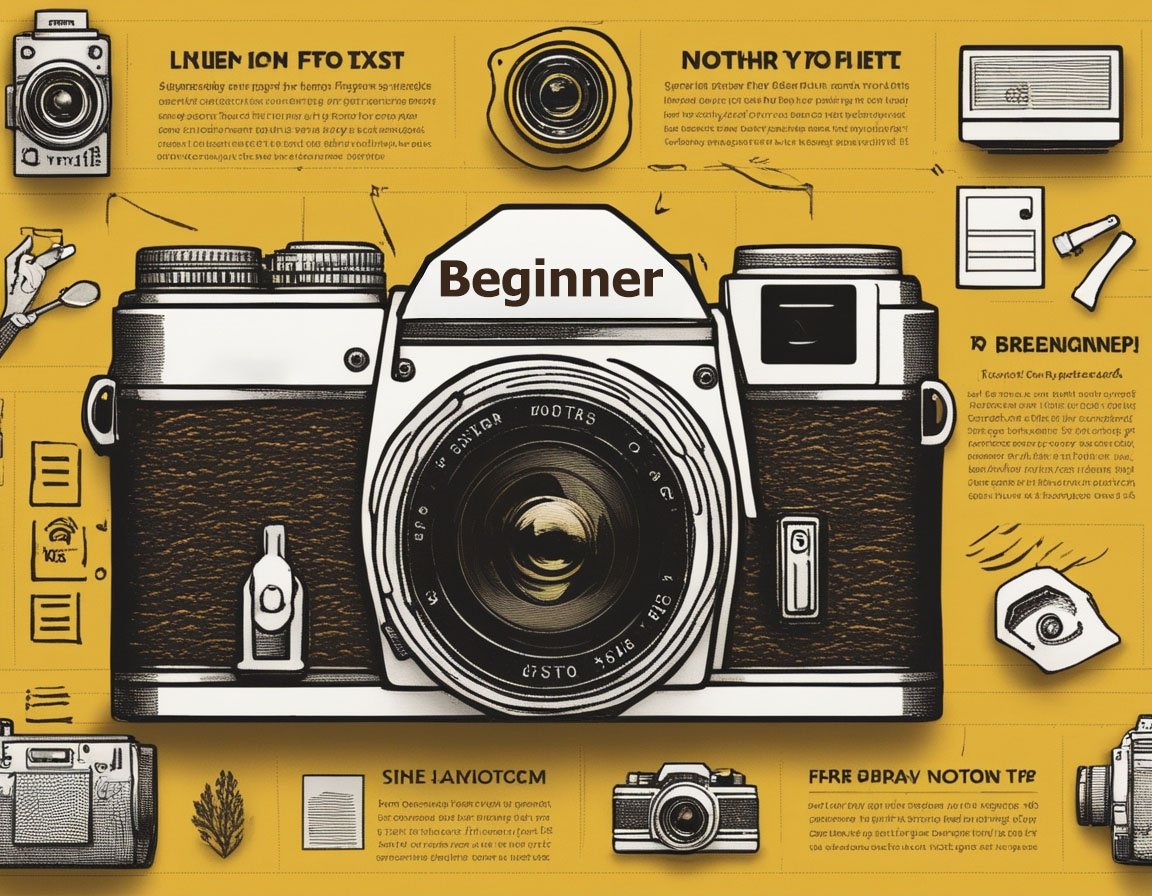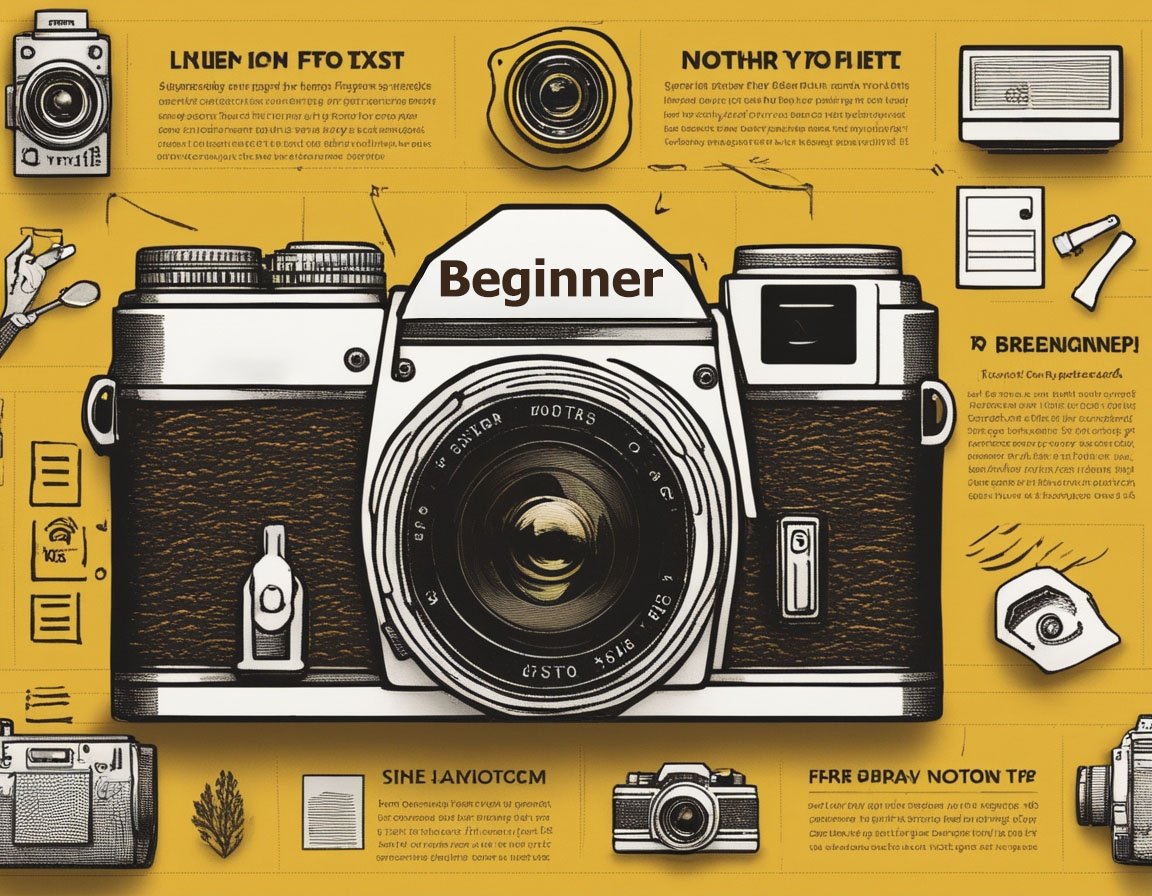Understanding how to use the aperture setting on your camera can be one of the most empowering steps in your photography journey. Aperture is fundamental to controlling your exposures and thereby capturing images the way you envision them. At its core, aperture refers to the size of the opening in a camera lens through which light passes to enter the camera body. However, this seemingly simple definition leads to a world of creative possibilities.
Aperture is part of the “exposure triangle,” alongside shutter speed and ISO. Together, these settings control how light interacts with your camera’s sensor to create an image. While shutter speed governs the duration for which light hits the sensor, and ISO determines the sensor’s sensitivity, aperture regulates the intensity of light. It is measured in f-stops, such as f/2.8, f/4, f/5.6, and so on. The critical aspect to remember is that a lower f-stop number indicates a larger opening, allowing more light to pass through, while a higher f-stop means a smaller opening, letting in less light.
Aperture’s influence on exposure is only one part of the equation. Equally important is its role in affecting depth of field—the range of distance within a subject that appears acceptably sharp. A wide aperture (e.g., f/2.8) creates a shallow depth of field, which is ideal for portrait photography where you want the subject in focus while the background is pleasantly blurred, a phenomenon known as “bokeh.” Conversely, a narrow aperture (e.g., f/16) increases depth of field, making it suitable for landscapes where you wish everything from the foreground to the background to be crisp and clear.
Mastering aperture also entails understanding its interaction with focal length and subject distance, both of which further impact depth of field. Telephoto lenses tend to have a shallower depth of field compared to wide-angle lenses, while moving closer to your subject can result in a shallower focus plane regardless of lens choice.
When choosing an aperture setting, the lighting conditions are crucial. In low-light environments, a wider aperture allows more light to enter, facilitating faster shutter speeds and reducing the risk of motion blur. Meanwhile, in bright conditions, a narrower aperture can prevent overexposure and help achieve shot balance, going hand-in-hand with ISO adjustments to maintain optimal image quality.
Lens capabilities also dictate how you utilize aperture. Prime lenses, known for their fixed focal lengths and typically wider maximum apertures, are favored in situations requiring low-light performance and beautiful bokeh. Zoom lenses, while versatile, often come with variable apertures, requiring careful consideration of settings as you change focal lengths.
Don’t overlook the aesthetic implications of aperture beyond mere sharpness. Elements like diffraction, which occurs at very narrow apertures and can soften images, must be balanced with the need for full-frame focus. Understanding your specific camera and lens performance, often detailed in lens reviews, will provide guidance on the optimal f-stop ranges.
It’s also vital to understand the creative choices aperture engenders. Wide apertures can isolate subjects and focus attention precisely where the photographer desires, creating storytelling elements within frames. Small apertures can bring vast landscapes, complex architecture, or detailed macro subjects into unified focus, breaking down every part for detailed exploration by the viewer.
Different genres of photography lean on aperture settings in various ways. Portrait photographers typically favor apertures between f/1.4 and f/4 to highlight subjects while keeping backgrounds artistically blurred. Landscape photographers, in contrast, often prefer f/8 to f/16 to capture expansive detail across scenes. Street photographers might require faster apertures like f/5.6 to f/8 to swiftly adapt to changing scenes, ensuring focus on subjects in fleeting, candid moments.
Evaluating aperture progress also involves depth beyond technicalities. Study image exposure by reviewing histogram data, ensuring highlight and shadow details are well-preserved. Experiment by increasing or decreasing a single stop and capturing multiple images to compare depth and exposure outcomes. Modern digital photography offers the advantage of real-time feedback, so make use of your camera’s live view mode or electronic viewfinder to preview depth effects and compensation impacts immediately.
Context and composition are essential considerations as well—use a wide aperture in shooting environments that naturally isolate subjects or narrow apertures to emphasize relationships between foreground and background elements, such as in architectural photography where building details should remain integral to scene comprehension.
Aperture is not just a mechanical choice; it’s a narrative-driven one too. Each f-stop adjustment holds the potential to alter both the story your image portrays and the mood it conveys. A consistent aperture choice can become a signature style, providing uniformity across a body of work, yet adaptability remains crucial for reacting to varying photographic challenges. Regular practice will refine your intuition, allowing you to instinctively select the right aperture amid live shooting environments.
Your commitment to understanding aperture equates to embracing a vital tool for artistic and technical growth—not merely shaping how much light your sensor receives, but fundamentally influencing the interpretation and impact of each photographed moment.



